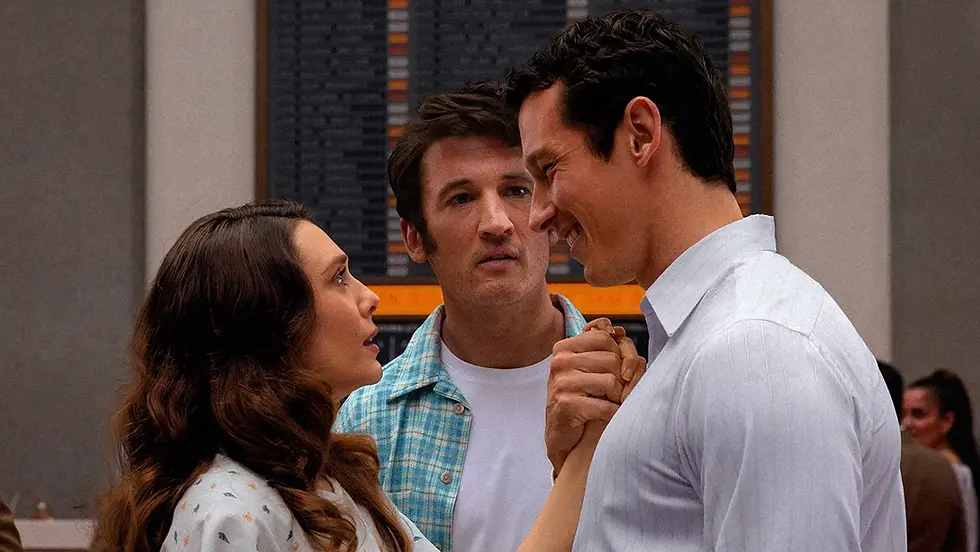Review: 'Fear Street Part 3: 1666' ends horror series on high note
- Nate Adams

- Jul 16, 2021
- 3 min read
Updated: Jul 17, 2021

Courtesy of Netflix
One of the most ambitious, sprawling horror series’ in recent memory, Leah Janiak’s sinister and slasher friendly “Fear Street” trilogy manages to stick the landing with the final incarnation subtitled “1666.” A hard R rated riff on the R.L. Stine bestsellers with “1994” paying homage to “Scream” and “1978” to “Friday the 13th,” “1666” takes us back even further, expanding the universe and bringing everything full circle for one raging finale that pays respects to “The Crucible” and “The Witch” without teetering too far into absurdity. What could have easily been a disaster across three films, Janiak keeps a hard leash on the narrative, and the formulation of the “Fear Street” films into a sweeping cinematic hat trick makes her destined for greatness.
At this point, if you’re reading a review for “1666,” the awareness of events in “1994” and “1978” are probably high on the radar. “1666” acts as a direct sequel to “1994” than it is “1978,” creating this weird middle child who might not belong. But all the plot threads and storylines bleed together, especially in “1666” which takes us back centuries before Shadyside and Sunnyville were created. If you remember, Deena (Kiana Madeira) and her brother, Josh (Benjamin Flores Jr), at the end of “1994,” tried to end the curse, but in trying to reassemble the body of Sarah Fier, the satanic witch causing the murderous mayhem, Deena gets transported to 1666 where she’s now living through Fier, understanding what led to her tragic downfall: From getting accused of witchcraft to a forbidden love affair, Janiak recontextualizes the motives around Fier’s execution and provides a sense of closure for the twisty timeline.
It takes a solid chunk of time laying the groundwork for “1666,” slowly introducing a slew of familiar faces inhabiting the townsfolk - and they’re accent choices are, um, questionable to say the least - but “1666” ditches the self-awareness and opts for a serious conversation on victim shaming and paints a bleak portrait. When the local well is poisoned and crops start spoiling without warning, the immediate answer is the devil, but how? It must be those damn lesibans making out in the woods! Madeira remains the gold standard among the series (she took a break from “1978”) and seeing her return will make fans ecstatic especially as she turns in two exceptional dual performances. One in 1666 and then back in 1994 as the film shifts gears to where the series began for a blood soaked, hyper jubilant mall set climax that’ll leave no body or plothole unturned (And Janiak manages to sneak in a fun needle drop or two).
The “Fear Street” trilogy is hanging up the knives and pitchforks for now, (a post-credit scene might indicate otherwise), but considering the gimmickry paid off speaks to the creative teams appreciation of horror lore. I worry others will try to replicate the lightning-in-a-bottle success of “Fear Street” for cheap and exploitative gain, though the blood is written on the wall, and this wonderful, inclusive series will maintain its legacy far behind those who try to intimate it. This is a rare horror franchise where you’re actually craving more, not less and the filmmakers guide audiences on a journey that isn’t rife with dumb characters and unnecessary violence. It will be hard to replicate, but “Fear Street” opens an entire can of worms for what’s possible in this episodic medium. Lucky for them, it’s also set the gold standard.
Grade: B+
All three FEAR STREET films are streaming on Netflix.





Comments